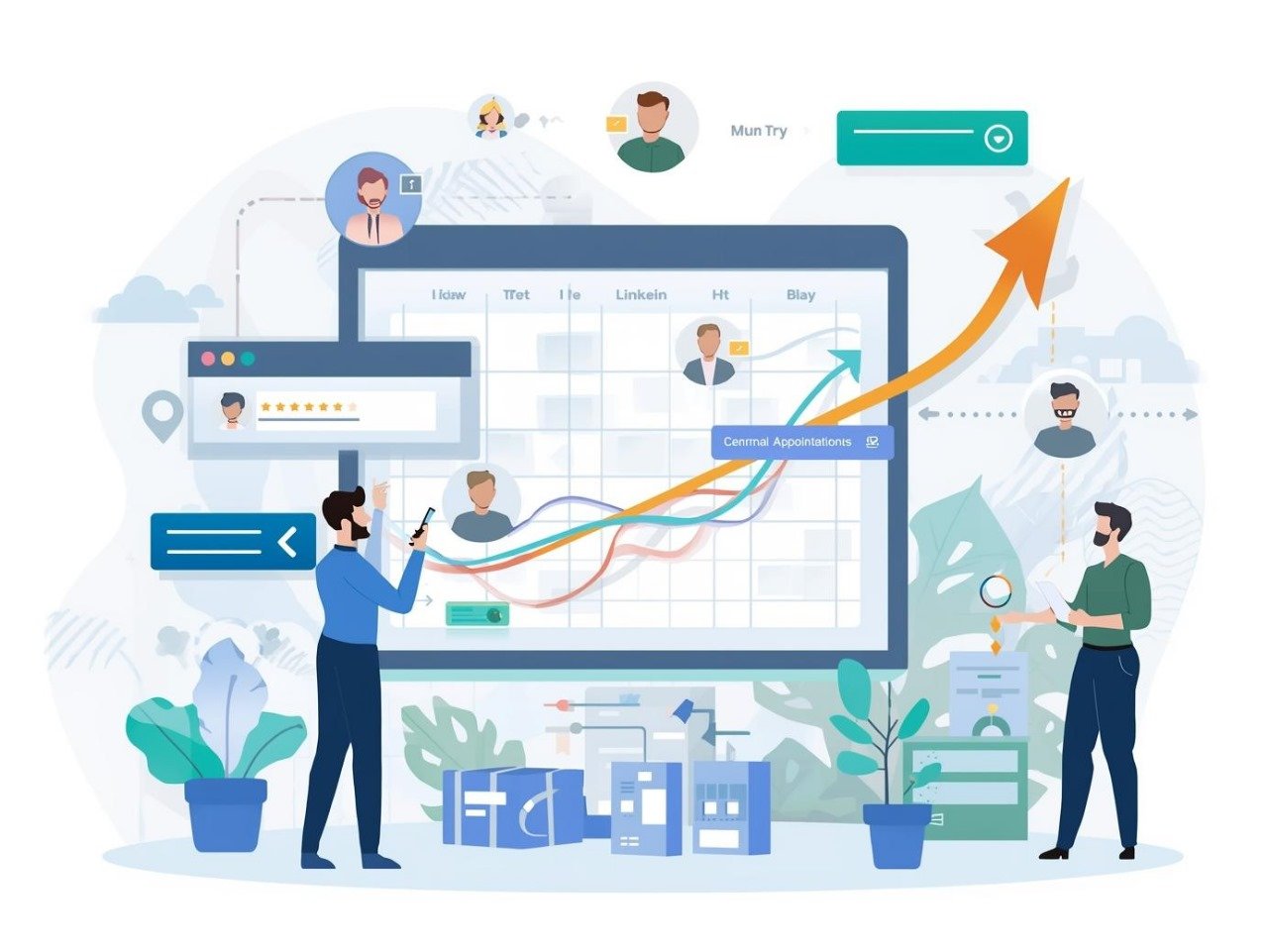When a company shuts its doors and enters liquidation, many people, whether they are suppliers, customers, or business partners, are left asking the same question: Will I get my money back? The answer isn’t always simple. Liquidation is a legal process designed to sell off assets and repay debts, but the amount you may recover depends on your creditor status, the company’s available resources, and how quickly you act.
Understanding how liquidation works in the United States, and how it differs from approaches in other countries, can help you set realistic expectations. With the right knowledge, you can take practical steps to file claims correctly, improve your chances of recovery, and strengthen your own financial resilience when facing a partner’s insolvency.
US Liquidation Compared to UK Members Voluntary Liquidation
In the United States, liquidation generally takes place through the bankruptcy courts, most often under Chapter 7 bankruptcy for businesses that can’t pay their debts. A court-appointed trustee oversees the sale of assets and distributes the proceeds to creditors in a set order of priority. Creditors must submit a proof of claim, and recovery depends on how much money can be raised from those assets.
In the United Kingdom, there is an additional process called a members voluntary liquidation. This procedure is very different from liquidation caused by insolvency. A members voluntary liquidation is initiated when a company is still solvent but the owners decide to wind it down. The directors must declare that the business can pay its debts in full, and then an insolvency practitioner is appointed to distribute remaining assets to shareholders after all creditors are satisfied.
This distinction matters because:
- In the US, liquidation usually means financial distress and uncertainty for creditors.
- In the UK, a members voluntary liquidation can actually reassure creditors, since the company must demonstrate it can pay everything owed before closing.
- Both systems rely on trustees or insolvency practitioners, but the motivations and likely outcomes for creditors are quite different.
Understanding this comparison helps clarify expectations. If you’re reading guidance from international sources, remember that the term “liquidation” doesn’t always carry the same meaning across jurisdictions. In the US context, liquidation almost always points to insolvency, while in the UK it can sometimes signal a solvent company winding down responsibly.
First Steps for Creditors When a Company Faces Liquidation
The first actions you take after learning that a company is going into liquidation can significantly affect your recovery prospects. Many creditors feel overwhelmed in these situations, but a clear plan makes all the difference.
Steps to take right away include:
- Confirm your status as a creditor – In the US, you’ll generally fall into categories like secured, unsecured, or priority (similar to preferential in other systems). This classification determines your repayment priority.
- Pull together strong documentation – This includes invoices, contracts, payment records, or any written communication that proves what’s owed. The more detailed and organized your claim, the easier it is for the court-appointed trustee or bankruptcy professional to process.
- Stay alert to official notices – In many cases, you’ll receive a notice from the bankruptcy court or the appointed trustee asking you to file a “proof of claim.” Submitting this quickly ensures your request is on record.
It’s also a good idea to consult a financial adviser or attorney experienced in bankruptcy claims. Even though smaller creditors may feel their voices are lost in the process, early and accurate filing can help you stand out. Think of this stage as laying the groundwork for the best possible recovery outcome. Preparing now not only strengthens your immediate position but also helps you adopt better credit practices for future business dealings.
Understanding Voluntary Liquidation
Voluntary liquidation, sometimes referred to in the US as a voluntary bankruptcy filing, happens when company directors or owners decide they can no longer keep the business afloat and file with the bankruptcy court. While stressful, this path can actually work in creditors’ favor because it’s typically more structured and transparent than a forced shutdown.
Here’s what voluntary liquidation means for creditors:
- A more cooperative process – Since the business owners initiated it, the process often runs more smoothly, and creditors may have clearer communication about what’s happening.
- Involvement of a trustee – A bankruptcy trustee steps in to oversee the sale of assets and distribute funds. Their duty is to treat creditors fairly and in line with US bankruptcy law.
- Predictable order of repayment – Administrative costs and trustee fees are paid first, followed by priority claims (like employee wages or certain taxes), and then secured and unsecured creditors.
For creditors, voluntary liquidation can sometimes mean a higher likelihood of partial recovery because the business owners are engaged in wrapping things up properly. Staying connected with the trustee, attending creditor meetings, and asking questions helps you stay informed and ready to act. Even if recovery is limited, being active in the process makes a difference. This cooperation often leads to a more transparent process, reducing surprises and giving creditors better insight into what they can realistically expect.
Compulsory Liquidation and Its Impact on Creditors
Compulsory liquidation, in the US context, typically occurs when creditors force a company into bankruptcy through what’s known as an involuntary bankruptcy petition. This happens when a business has failed to pay debts and creditors turn to the courts to intervene.
Once the court orders liquidation:
- Secured creditors are paid first – They hold collateral, such as property or equipment, and are entitled to repayment from those assets.
- Priority claims come next – These usually include unpaid wages (up to a certain cap), contributions to employee benefit plans, and some taxes owed to the government.
- Unsecured creditors are last – Vendors, suppliers, and customers with unpaid bills are in this category. Recovery here depends heavily on how much remains after higher-ranking claims are satisfied.
The bankruptcy court supervises the entire process, with a trustee managing the assets and claim distribution. Creditors may also form committees to represent shared interests and have a voice in decisions, such as approving asset sales.
It’s worth noting that unsecured creditors in compulsory liquidation often face an uphill battle. While you may not recover everything owed, filing your claim correctly and on time is essential. Even a partial recovery can help offset losses, and being involved ensures your rights aren’t overlooked. The process can feel slow, but consistent participation keeps you informed and better prepared for outcomes.
Consumer Protection and Rights When a Company Owes You Money
For individual consumers or small businesses, US consumer protection laws offer certain safeguards when a company collapses. While recovery isn’t always guaranteed, there are avenues to explore.
Some protections include:
- Credit card protections – If you paid for goods or services by credit card and never received them, you may be able to file a chargeback with your card issuer.
- State and federal programs – Agencies like the Federal Trade Commission (FTC) and state attorneys general often provide guidance and sometimes intervene in cases of widespread consumer harm.
- Deposits and gift cards – Bankruptcy courts may allow claims for unfulfilled deposits or unused gift card balances, though recovery depends on the available assets.
Businesses relying on suppliers can also use contractual protections, like retention of title clauses, which may allow them to reclaim goods not yet paid for. In addition, trade credit insurance policies are increasingly common in the US and can protect companies from unpaid debts when a partner goes under.
The key for consumers and businesses alike is to act quickly. Filing a claim with the trustee, contacting your financial institution, and reviewing your options with an attorney can all improve your chances of recovery. The sooner you act, the more likely you are to be included in early rounds of asset distribution.
Working With Insolvency Professionals
Partnering with bankruptcy attorneys, accountants, or insolvency specialists can significantly improve your chances of recovering money. These professionals understand how to navigate the court system, file claims properly, and explore additional avenues for recovery.
Benefits of professional guidance include:
- Identifying whether you qualify as a secured, priority, or unsecured creditor.
- Ensuring your proof of claim is complete and filed before the deadline.
- Exploring potential settlement options or repayment plans if available.
- Monitoring court proceedings so you don’t miss important updates.
Even though hiring professional help may involve additional costs, many creditors find that the improved recovery prospects make it worthwhile. Think of it as bringing in a guide who knows the terrain. While you may be able to make the journey alone, having expert support increases your odds of success. Professional advice also helps you avoid mistakes that could weaken your claim or delay repayment.
Practical Steps to Improve Recovery and Maintain Cash Flow
Even if you can’t recover all of what’s owed, there are practical measures that can strengthen your financial resilience and reduce future risks.
Strategies include:
- Tighten payment terms – Shorter payment cycles reduce exposure if a customer runs into trouble.
- Strengthen credit checks – Regularly assess customer creditworthiness to identify potential risks early.
- Be proactive with collections – Don’t wait months to follow up on late invoices; act quickly to resolve issues.
- Negotiate where possible – If a customer shows signs of financial strain, consider partial payments or revised schedules instead of waiting until bankruptcy.
- Diversify your client base – Relying too heavily on a single customer increases vulnerability if they go under.
Taking these steps won’t prevent every loss, but they build resilience. By balancing caution with proactive strategies, you can maintain steadier cash flow and position your business to weather unexpected challenges. A strong cash flow strategy also makes your company less dependent on the outcome of any single customer’s financial situation.
Protecting Your Finances When a Company Liquidates
Recovering money when a company goes into liquidation is rarely straightforward. Your success depends on your status as a creditor, the value of available assets, and how promptly you act. While secured and priority creditors are more likely to receive payment, unsecured creditors may only see a fraction of what is owed.
Still, by understanding your rights, submitting accurate claims, working with professionals, and adopting proactive financial safeguards, you can improve your chances of recovery and protect your business against future risks.
Read More: Understanding Tranche 2 AML: Key Insights You Need




